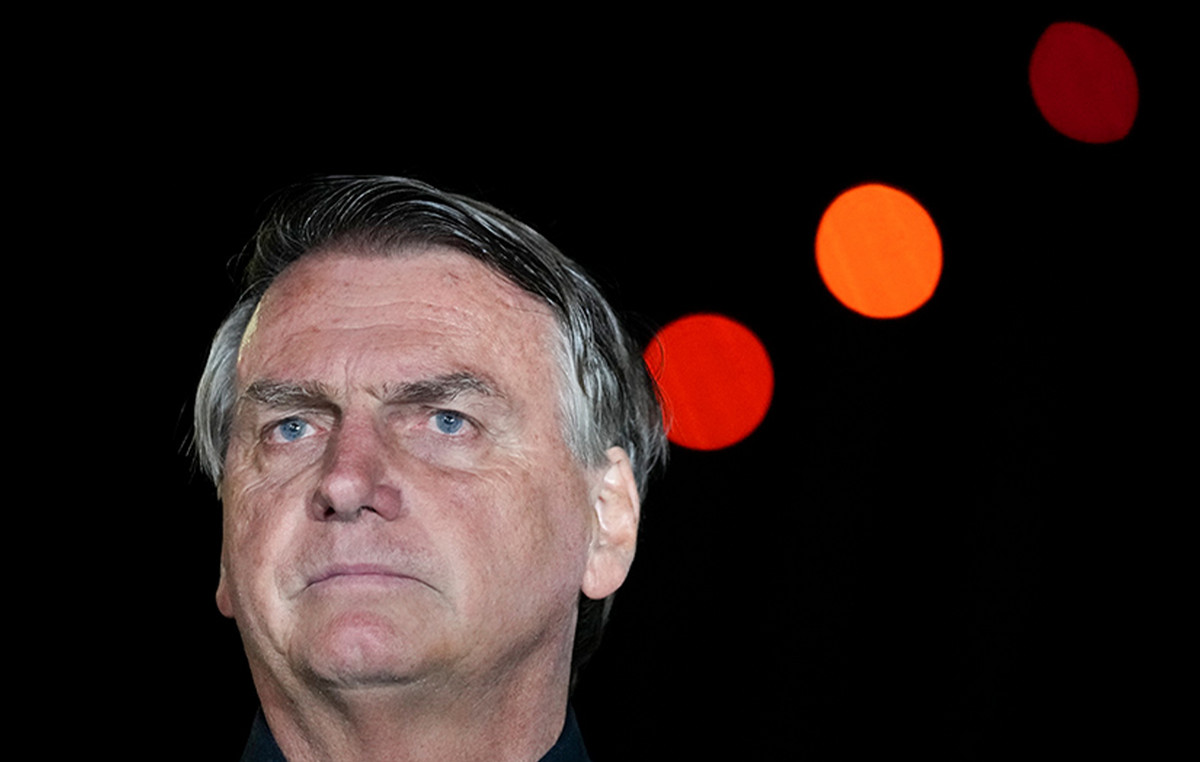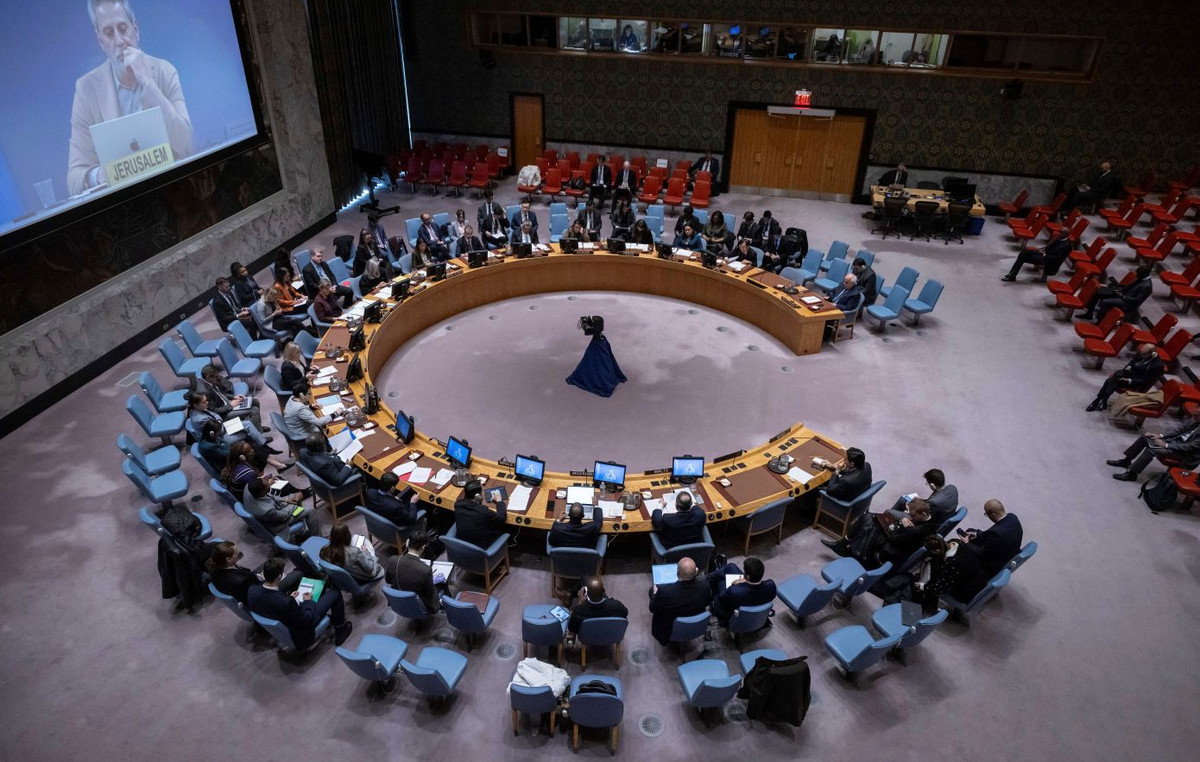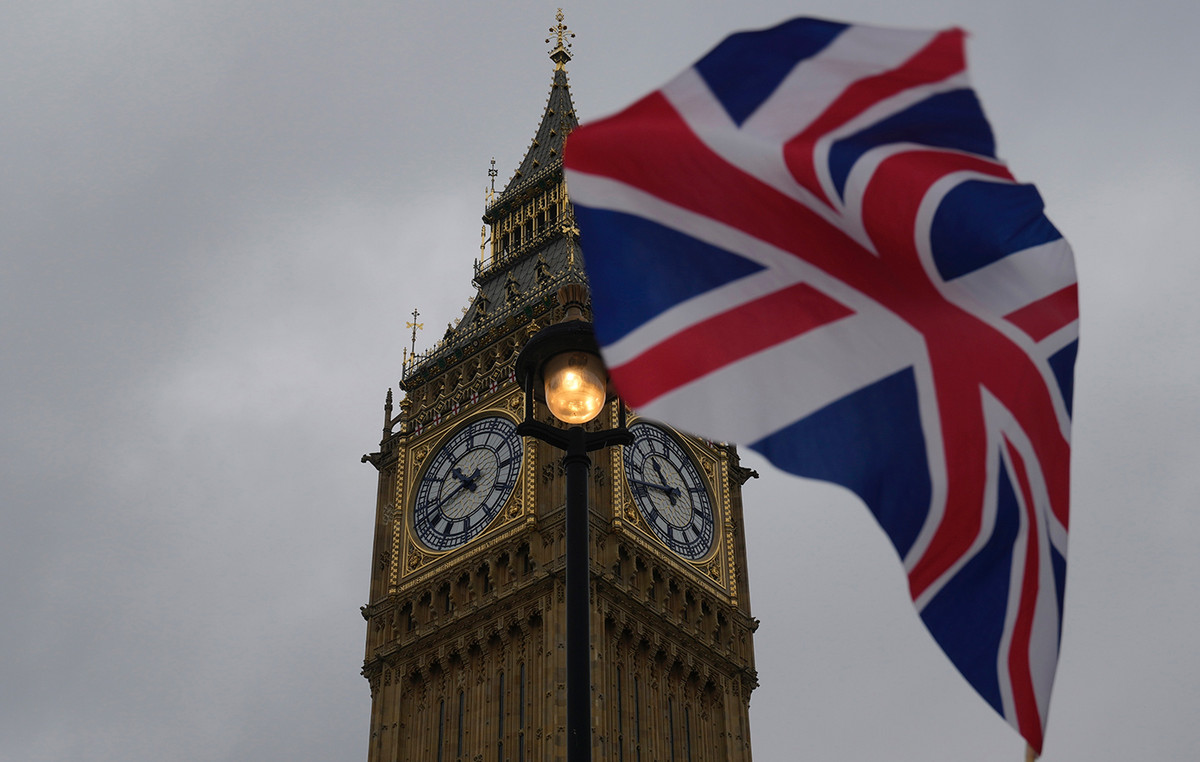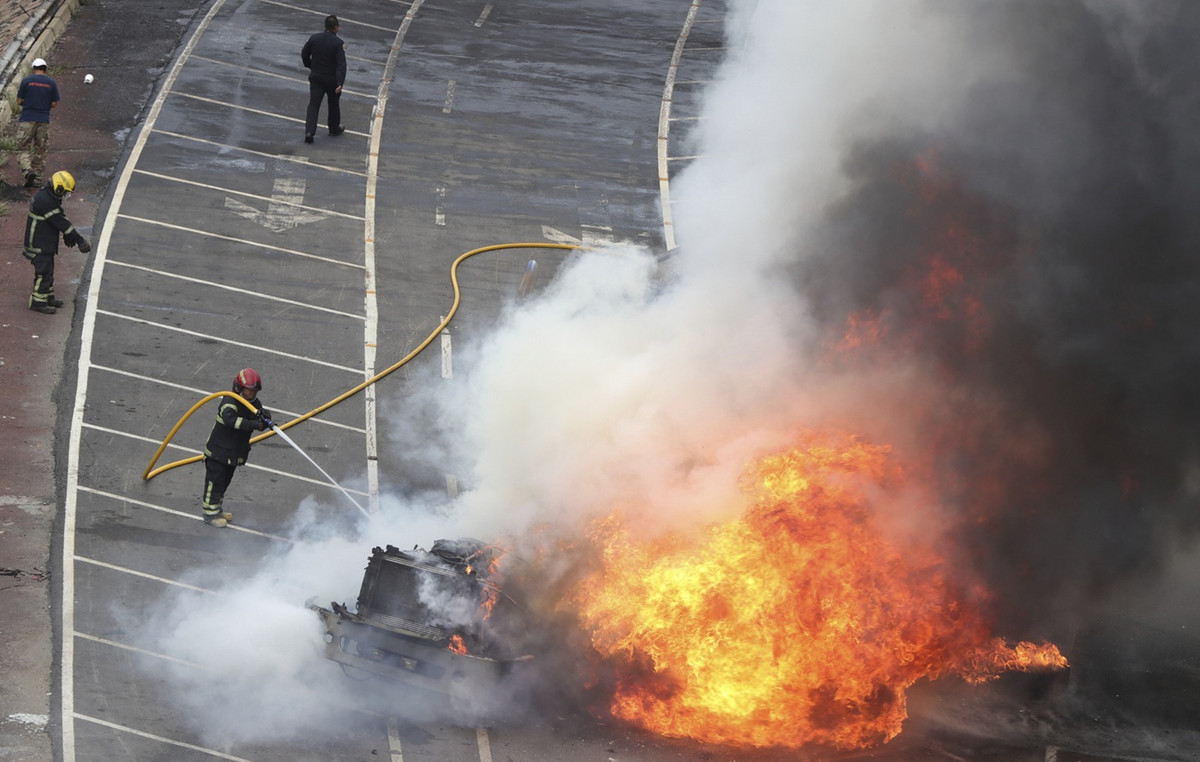The road to the food of the future is necessarily made up of alternative routes. This is a fact, and we got there guided by our own two feet: we are the ones who have exploited the Earth (with a capital T, but also with a lowercase one) to the limitand that we continue to do so regardless of all the consequences we have created and that we still have to see.
So yes, the food of the future is and will also be “synthetic coffee”, if with this term – already abused and misunderstood, even before it is reality – we mean the construction in the laboratory of something similar to the original raw material, which perhaps can have substitute purposes here and there, even if it is not yet clear what . “Synthetic” meat (better to say, to be correct and not bearers of prejudice, “cultivated”) is the one we talk about most often, even if today reality opens up new perspectives: according to Wall Street Journalfor example, we will soon drink synthetic coffee.
And it's useless to turn up your nose at the idea, because it is not a choice, but an obligatory path: the culprit, once again, is climate change (that is, we are the ones who caused it) which, a study claims, will make the50% of the land where it is currently produced is suitable for coffee cultivation. Which is the same thing that is happening with wine, whose range suitable for cultivation is not moving too slowly towards the North: thus coffee beans, which require a tropical climate and very fertile soil, could very soon no longer find these conditions in the equatorial zone, as it has always been.
Where coffee grows today
According to the National Coffee Association, coffee is now grown in over fifty countries around the world, mostly located in what is called the “Bean Belt”, the “coffee bean belt”: a band that encircles the globe and covers the tropical areas of America, Africa and Asia. Almost 90% of world production is concentrated in the ten largest producing nations. At the top of the list is Brazil, followed by Vietnam, Colombia, Indonesia and Ethiopia.
And it is precisely in these territories, according to the analyses Wall Street Journal, that climate change could soon play its part in making coffee cultivation impossible, or very difficult. At least at the current rate, which sees around two billion cups of coffee consumed per day throughout the world. If, as it seems, there will be no reversal of the trend, by 2050 approximately 50% of the land that currently produces coffee could become unsuitable for cultivation and in Brazil, which is the leading producing country, the percentage could even rise up to 88%. Which would mean a drastic reduction in supply, with a consequent increase in prices.
What are the alternatives?
The problem is completely similar to that of meat, or to that which in recent weeks he is seeing the price of cocoa rise like never before. Some foods consumed daily today could soon become luxury goods, and consequently the race to find alternatives is not only necessary, but also a front for new businesses.
One possibility is that of shift demand to alternative coffee drinks, from tea to new derivatives, perhaps based on dried fruit. A bit like it was with milk, in short.
Another path is that of create the so-called «synthetic coffee», whose definition is actually scarier than it should be. It is in fact about grow coffee in artificial environments, thanks to the use of the same bioreactors which today are being tested to grow plants on board Space Stations. Certain, the most valuable organoleptic characteristics of coffee would most likely be lost. But the result should still be an acceptable coffee, although – once again – very expensive, unless you invest significantly in technology.
In short, in any case, it seems to be understood that coffee is increasingly destined to become a luxury good, just like meat. What if instead, much more simply (and sensibly) the solution was to change our consumption habitsto guarantee a more sustainable future for everyone?
Source: Vanity Fair
I’m Susan Karen, a professional writer and editor at World Stock Market. I specialize in Entertainment news, writing stories that keep readers informed on all the latest developments in the industry. With over five years of experience in creating engaging content and copywriting for various media outlets, I have grown to become an invaluable asset to any team.







